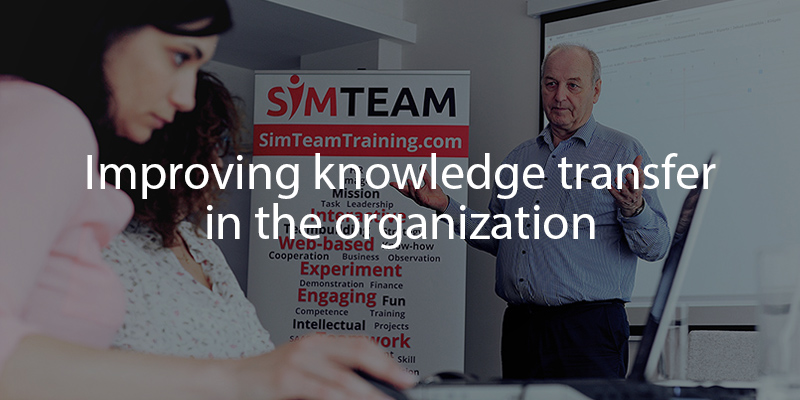
Learning and knowledge transfer has three basic stages: preparation, action and evaluation. With these in mind, let’s see some tips how you can improve learning and knowledge transfer in your organization.
Clearly identify goals and outcomes
As we have discussed it in the context of higher education, setting clear goals before the learning process itself is essential for the trainees, so that they can refocus their efforts and keep the big picture in mind. This also gives the participants an idea of where the training is headed and what will be expected from them to know at the end of the learning process. When people know what the takeaways will be, they are more conscious about what they are learning, and what is the most important information during the training. So, make sure to give them an overview of the course beforehand!
Use real-life examples to demonstrate the learning material
When training your employees, it’s important to use as many real life examples, situational exercises and simulations as possible. Learning by doing has always been more effective than instructional learning, so let the participants experience the materials in lifelike scenarios. This can facilitate a better knowledge transfer and helps them to remember what they learned more easily.
Provide support to participants after the training
A post-course feedback can help you to identify, plan and agree with the employee where the just-learned skills will be applied, and you can also set goals for the skill application. It is important that you provide participants with some level of ongoing support that they can access: a place to answer their questions, review concepts and communicate when they are having trouble applying the learned skills during the job.
Conclusion
The success of the training program depends on the trainer’s ability to facilitate knowledge transfer among the employees and participants. It is important to give the right amount of attention to the participants, as this determines the long-term success of the training. You can use a wide variety of tech gadgets and software to help you in this: for example, learning management systems, or even business simulations to create lifelike challenges among new hires.
Via: business.com
Keywords: knowledge transfer, training effectiveness, training, HR, learning management, training support, learning, development
Published: 2017.03.23. 15:08